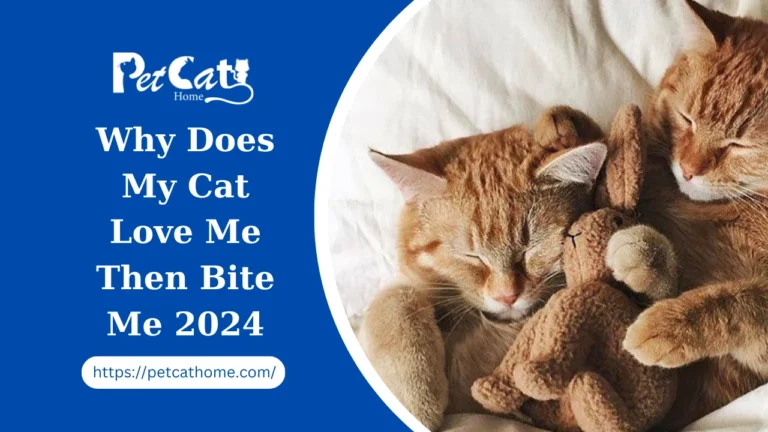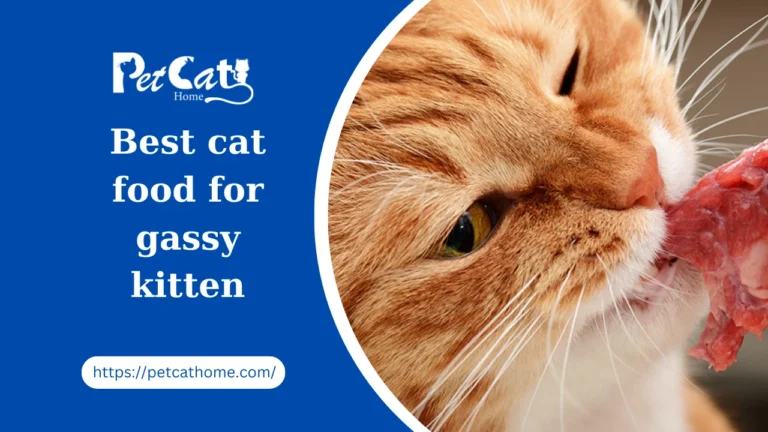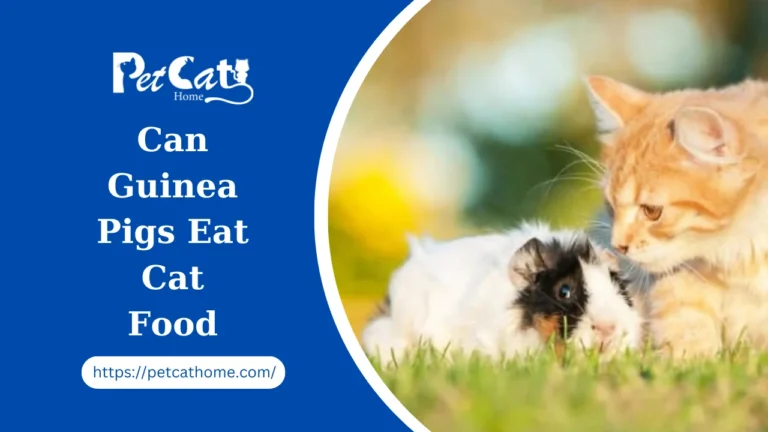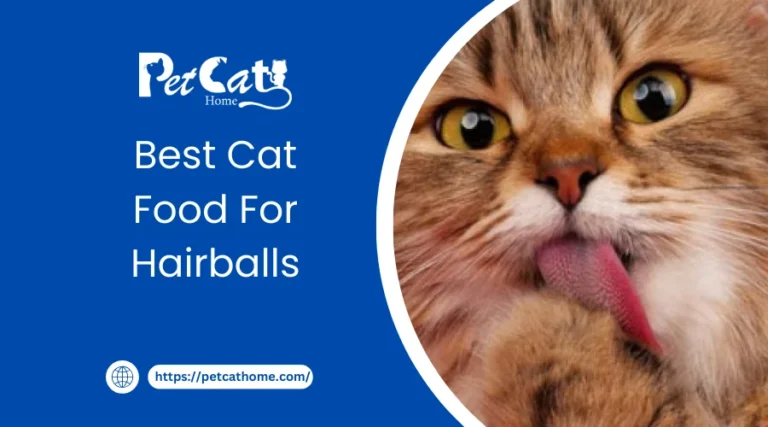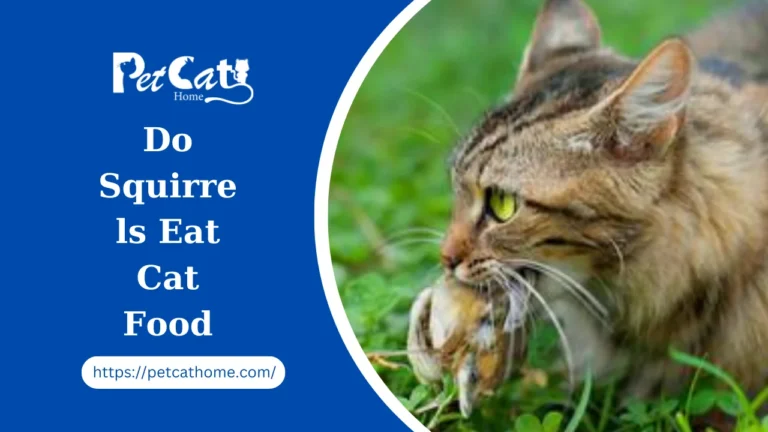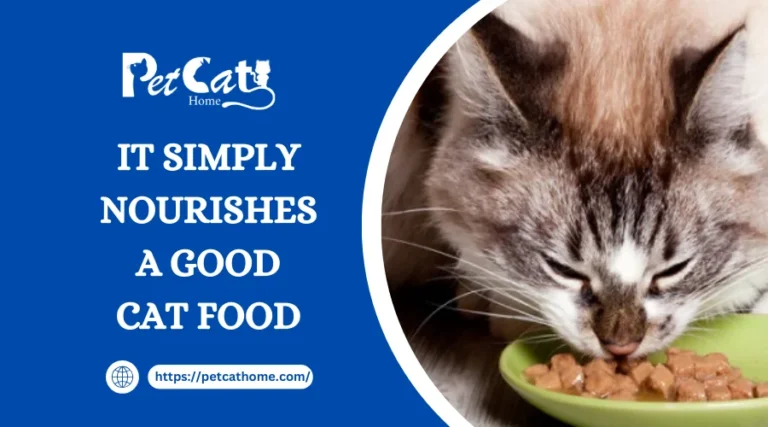How To Make Canned Cat Food
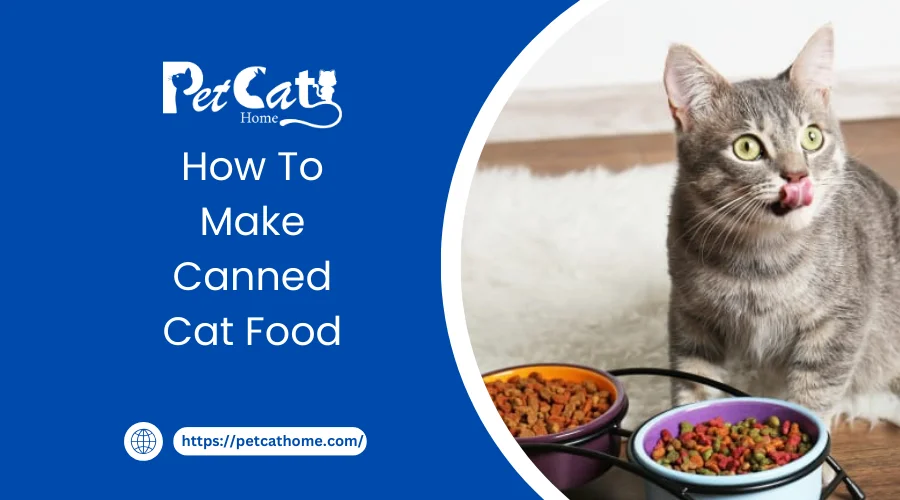
When it comes to pet nutrition, giving your feline friends wholesome food is essential. Making your own canned cat food at home is a great way to customise your pet’s diet to meet their individual requirements and promote overall health and happiness. Making your own canned cat food at home gives you complete control over the ingredients, guaranteeing that they are wholesome, fresh, and devoid of any additives that can endanger your cherished companion.
Understanding the Ingredients
Selecting Quality Proteins
High-quality protein is the cornerstone of any nutrient-rich canned cat food recipe. Choose lean meats like fish, poultry, or chicken since they include necessary amino acids that are important for your cat’s general health. Make sure the protein source is unadulterated and devoid of any additions or preservatives that can affect its nutritional value.
Incorporating Essential Nutrients
Your homemade canned cat food should have protein along with other important components like vitamins, minerals, and healthy fats. Because they support the health of your cat’s coat and general vigour, you might want to include supplies of omega-3 and omega-6 fatty acids. Since cats cannot synthesise taurine on their own and must get it through diet, taurine supplements are also essential.
Avoiding Harmful Additives
Remove anything that can be bad for your cat’s health, like artificial flavours, colours, and preservatives. In addition to having little nutritional value, these chemicals may cause negative reactions or long-term health problems. To ensure that your kitty is receiving the best canned cat food possible, always use natural ingredients and give freshness first priority.
Crafting Homemade Canned Cat Food
Step 1: Preparing the Ingredients
Start by assembling fresh, premium ingredients, such as vegetables, cereals, and sources of protein, if preferred. Make sure to wash and prepare all items well, making sure to remove any excess fat or bones from the meat.
Step 2: Cooking the Ingredients
Make sure the protein source is cooked all the way through and that no raw or pink meat remains. Any vegetable can be made easier for your cat to digest and still preserve its nutritional content by steaming or gently cooking it.
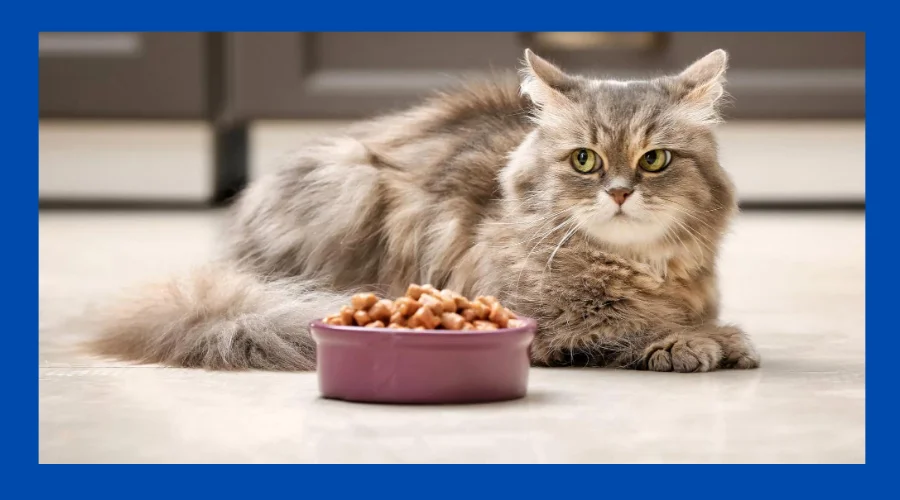
Step 3: Blending and Mixing
After cooking, let the ingredients cool before puréeing them until they form a smooth paste. To get the right texture, try adding a tiny bit of water or low-sodium broth. At this point, incorporate any extra nutrients or vitamins, being sure to mix them in well.
Step 4: Portioning and Storage
Separate the mixture of canned cat food into bite-sized pieces that are appropriate for your cat to eat on a daily basis. To maintain freshness, store unused portions in freezer-safe bags or airtight containers that are labelled with the preparation date. Before serving, frozen portions can be thawed in the fridge for an entire night.
Benefits of Homemade Canned Cat Food
Tailored Nutrition
Making your own canned cat food enables you to customise your pet’s diet to meet their unique requirements, taking into consideration any dietary requirements or preferences. With complete control over the ingredients, you can make sure your cat is getting the best nutrition possible.
Improved Digestion
Compared to conventional brands, homemade canned cat food usually has less chemicals and fillers, which improves digestion and nutrient absorption. You can reduce your pet’s risk of stomach problems and food sensitivities by utilising fresh, healthful items.
Enhanced Flavor and Palatability
Compared to store-bought substitutes, homemade canned cat food has better flavour and palatability because it is created with fresh, natural ingredients. To make sure your cat looks forward to mealtime, you can alter the recipe to suit their tastes.
Ensuring Veterinary Approval
It’s important to speak with your veterinarian before starting to make homemade canned cat food. They can provide insightful information about the particular dietary requirements of your cat and assist you in creating a well-balanced meal that satisfies their demands. When preparing homemade meals, your veterinarian can also offer advice on portion quantities, dietary supplements, and any possible health issues.
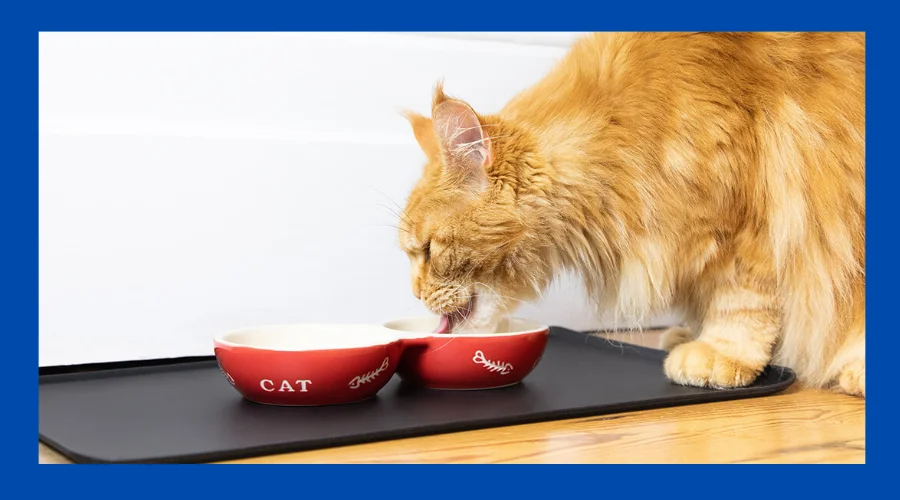
Experimenting with Recipes
You and your feline friend can enjoy a plethora of new gastronomic options when you make homemade canned cat food. To keep mealtimes interesting and fun for your pet, don’t be afraid to try different protein sources, veggies, and flavour enhancers. To guarantee a varied and balanced meal that offers all the vital nutrients your cat requires, think about switching up the components on a regular basis.
Monitoring Your Cat’s Health
Keep a watchful eye on your cat’s health and wellbeing when you switch to homemade canned food, looking out for any indications of dietary intolerance or vitamin shortages. To make sure your pet thrives on their new diet, monitor their weight, coat condition, energy levels, and general behaviour. See your veterinarian right away if you observe any worrying symptoms so that any underlying problems can be addressed.
Incorporating Variety and Balance
Incorporate a range of protein sources, such as fish, poultry, and lean meats, to guarantee a balanced diet. veggies: To offer a variety of vitamins and minerals, try rotating between different kinds of veggies including spinach, carrots, and peas. In order to support your cat’s general health and vitality, don’t forget to keep the proportions of protein, carbs, and fats balanced.
Serving Guidelines
The right amount size for homemade canned cat food depends on your cat’s age, weight, activity level, and overall health. To avoid overeating and encourage healthy digestion, serve meals at regular intervals throughout the day, dividing their daily allocation into numerous smaller servings. For the purpose of keeping them hydrated and content, always serve fresh, clean water with their meals.
HOW TO MAKE A CAT ACCEPT CANNED FOOD IF IT ONLY EATS DRY FOOD?
WHY ?
Cats can drink more water when they are fed canned food. Cats with diabetes, kidney disease, and other urinary issues benefit most from increased water intake.
Additionally, soft food typically has fewer carbohydrates than the same brand’s dry food; this is especially true for dry food with a high protein content. They are less fatty as a result.
Additionally, compared to the same volume of dry food, canned food supplies fewer calories since it is mostly composed of water, which takes up a lot of stomach space. This gives cats the idea that they have eaten a larger portion of food when, in fact, they feel full after eating less.
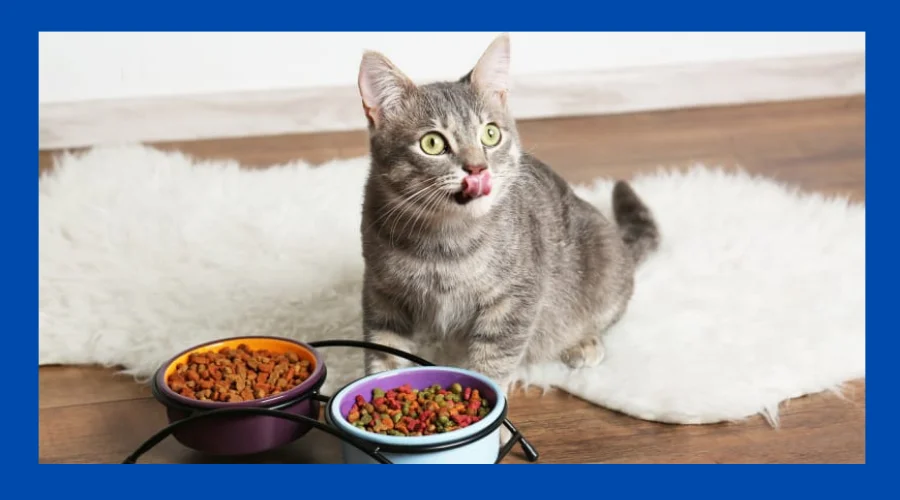
For this reason, canned food is a great option for cats with diabetes—yet another benefit! additionally, for cats thateither need to maintain their current weight or reduce it.
WHEN ?
When cats are healthy is the ideal time to introduce canned food, or any new type of food. If cats are ill, it may be harder for them to accept it and it may also cause an aversion by association, in which case they may refuse to eat the new food because they link it with being ill.
Owners often use the extended vacation period and long work hours as justifications for giving their cats an endless supply of dry food that is always available.
Still, someone needs to see the cat at least once a day, even while they are on vacation. The individual can then provide one serving of fresh canned food (in a separatedish) and save one that’s frozen for a later time.
THE CHALLENGE
Generally speaking, an adult cat used to just dry food will find it difficult to accept canned food.
The fact that an incredibly flavorful material is vaporised on top of the kibbles contributes to this, as it might lead to a kind of food addiction.
Furthermore, some cats may be resistant to canned food since they no longer enjoy the satisfaction of chewing it, while others may initially find the changed texture repulsive.
It usually takes more work to make the switch than to just combine the canned food and kibbles gradually. Many cats will need many weeks to accept the new food, even if others do so in a matter of days. It is important to keep in mind that the
No matter how long it takes, the end objective is to get the cat to consume just canned food.
When it comes to cats, patience is the key to success. All too frequently, owners will introduce canned food to their cats for the first time, give up, and fill the bowl with dry food when their cat doesn’t consume it immediately away. That is not a good approach since the cat will quickly figure out that snubbing the new food is all it takes to receive the “good” food.
Additionally, in order to avoid making the regular food intolerable, a new item should always be served in a separate dish rather than combined with it.
In order to avoid wasting too much food if the cat refuses to eat it, only a small amount of the new food needs to be supplied at a time. Food that has been canned spoils quickly, so any leftovers should be thrown out no later than three hours—or sooner if they don’t appear to be fresh.
People also often claim that certain cats experience loose stools during the transition period when switching to a new meal. In most cases, the diarrhoea is notnot because of the food’s humidity content but rather because of its altered composition. If that occurs, the shift needs to be restarted, albeit more gradually, and one might even think about experimenting with different canned foods.
BEING CONVINCED
When a cat is picky, it takes a lot of imagination and patience for the transformation to happen. To truly believe that canned food is the best option for your cat, you must be driven and persuaded.
As previously said, a higher water intake is essential for numerous conditions.
The extra water consumption will assist cats with kidney failure, whose kidneys can no longer retain water, in staying hydrated.
The extra water consumption will dilute the urine of cats with urinary crystals, making it easier to remove the crystals.
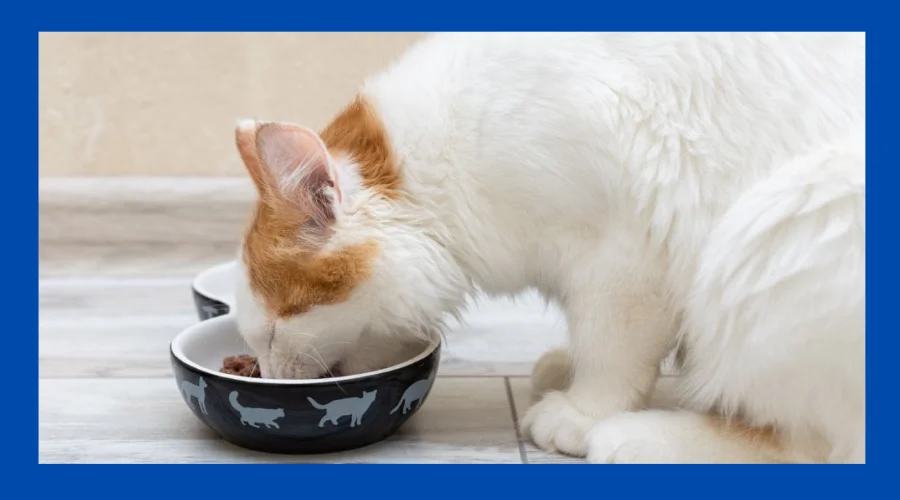
Water consumption helps diabetic cats make up for increased thirst and urine production brought on by high glucose levels in the urine.
FAQs
Is the nutrition content of homemade canned cat food complete?
When prepared properly, homemade canned cat food can be nutritionally complete, containing a balanced blend of protein, carbs, fats, vitamins, and minerals. It is advised to speak with a veterinarian to make sure the recipe satisfies your cat’s unique dietary requirements.
How can I get my cat to switch to homemade canned food?
Give your cat a gentle transition to homemade canned food by gradually adding more of the new food to their regular diet over the course of a few days to a few weeks. To avoid causing upset stomach, keep an eye on their reaction and modify the transition pace as necessary.
Can I add raw meat to homemade cat food that is canned?
Although some cat owners choose to use raw meat in their homemade cat food recipes, handling raw meat properly reduces the possibility of bacterial contamination. To protect your cat, it is advised to fully cook meat before adding it to canned cat food.
Are there any particular ingredients in homemade canned cat food that I should stay away from?
Steer clear of items like chocolate, raisins, grapes, onions, and garlic that are poisonous to cats. Furthermore, avoid artificial additives, preservatives, and fillers as they have little to no nutritional value and may be detrimental to your cat’s health.
How long is homemade cat food in cans kept fresh?
You can usually keep homemade canned cat food in the refrigerator for three to four days. Portion the meal into freezer-safe bags or airtight containers for longer-term preservation, and freeze for up to three months. Before serving, let frozen portions thaw in the refrigerator.
Conclusion
Making your own canned cat food is a gratifying and rewarding project that enables you to put your pet’s health and wellbeing first. You may prepare wholesome meals that suit your cat’s specific dietary requirements and preferences by using premium products, cooking them according to recipe instructions, and keeping an eye on how your cat reacts. With a little imagination and hard work, you may take on the role of personal chef for your cat and make them wholesome, tasty meals that they will like.

